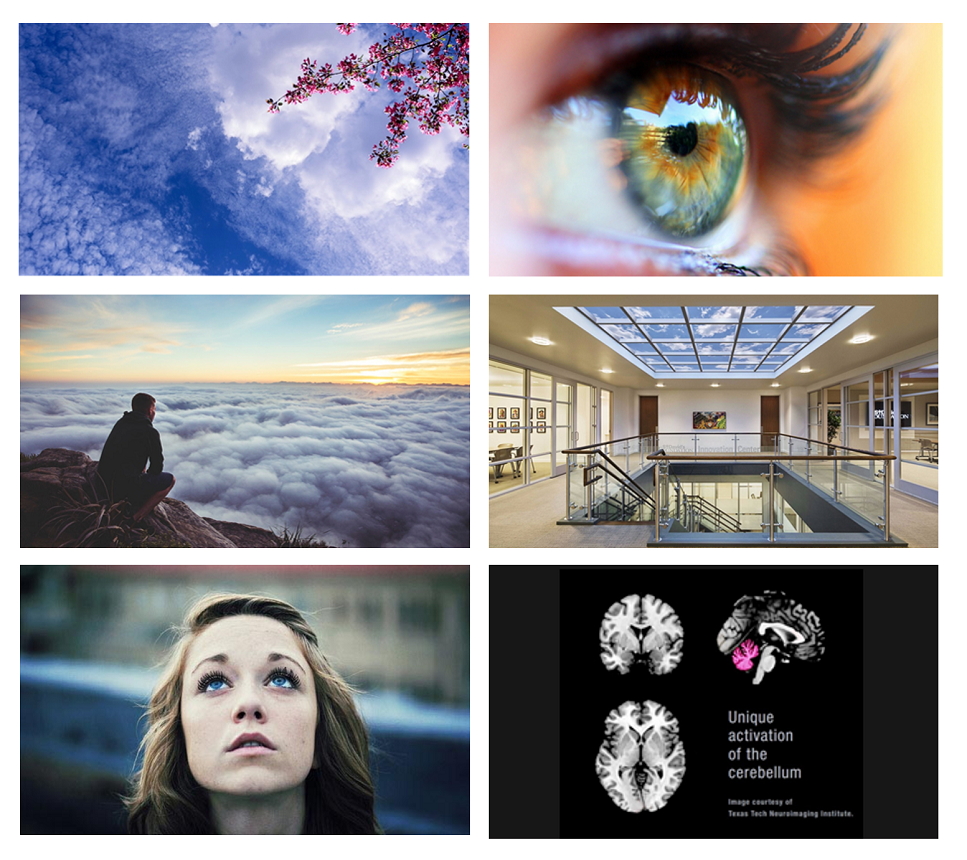The Restorative Impact of Perceived Open Space
A Unique Approach to Occupant Wellness
Credits Earned
- 1.0 HSW Credit – AIA
- 1.0 General LU – LEED AP
- 1.0 PXE Credit – CPXP
- 0.1 HSW Credit – IDCEC
NOTE: This course is a recommended prerequisite to our The Neurobiology of Biophilia and Spatial Cognition course.
This course is approved by:


Thoroughly enjoyable and flawless.
Chris C. AIA
Course Summary and Learning Objectives
In this course we explore the impact of interior environments on human performance and wellness.
We explore the role natural daylight and perceived open space play in modulating cognitive function, and how architects and designers can engage our memories of natural environments to enhance occupant health and productivity in enclosed interiors.
The course introduces a cognitive approach to design. It investigates the restorative value of perceived open space which functions as a healing attribute by engaging our biophilic memory.
Two spatial reference frames present in nature, the perceived zenith, the highest point above the observer, and perceived horizon line, the farthest point from the observer, can be recreated in an enclosed interior space by staging an appropriate illusion to alter our perception of space.
Recreating these fundamental spatial maps through an effective illusion enables a range of wellness benefits normally associated with interiors applying more traditional biophilic design principles.
Sky Factory offers two ways to earn CE credits. Individuals can register for our regularly scheduled sessions while organizations can schedule a course at a time that works for them.
Following This Course You Will be Able to:
Explain why reducing daylight to brightness (irradiance) and color temperature in enclosed interiors can alter our perception of daylight’s inherent spatial nature
Discuss the role circadian photoreceptors and retinal cones play in regulating circadian entrainment and how the environmental context in which our physiology detects daylight is as important as the light itself.
Describe the neural pathways that link how we move through space with how we think, thereby generating our sense of place.
Summarize the malleable nature of human perception and how bi-sensory illusions in enclosed interiors can evoke spatial memories to alter our perception of those spaces.
Analyze the implications of the environment of care on human health and productivity and how we can use spatial memories to generate research-verified outcomes.
